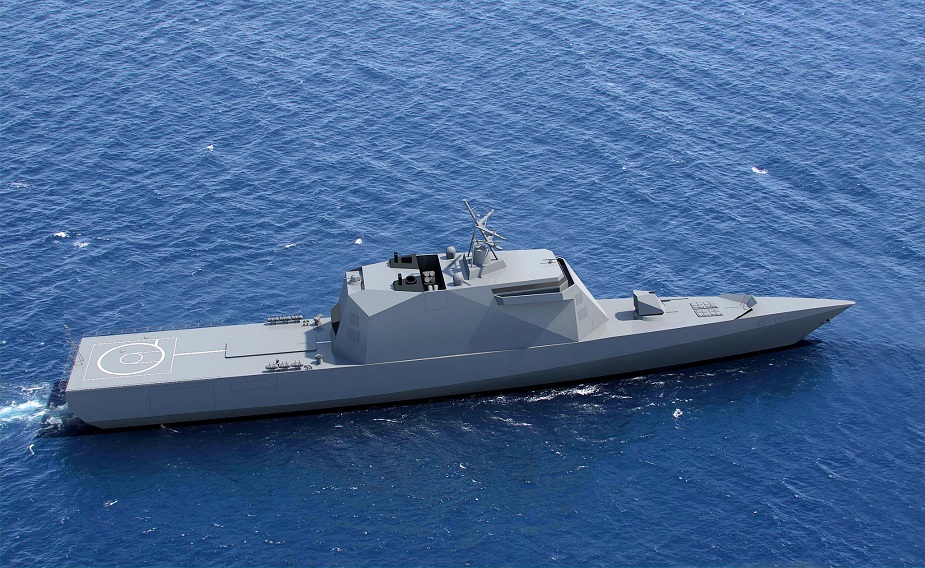The supply of the superstructure for the Derzky lead corvette of project 20386 is delayed because of untimely financing, FlotProm online publication said quoting Sredne-Nevsky Shipyard which has to produce the superstructure for Severnaya verf Shipyard.
 Artist impression of the new Project 20386 Corvette for the Russian Navy
Artist impression of the new Project 20386 Corvette for the Russian Navy
In October Severnaya verf said Sredne-Nevsky was already producing the superstructure.
Both shipyards signed a contract to produce composite superstructure for the corvette in March 2018. Sredne-Nevsly Shipyard said it would take six months to produce the technological pattern and 20 months to build the superstructure. Thus, the superstructure could be ready in May 2019. Now the deadline has been moved to late 2019.
"As there was no financing, Sredne-Nevsky Shipyard had to inform the customer about the delay and could begin the construction only in September after a part of the funds was received," the shipyard said. "The enterprise can accelerate the production provided uninterrupted financing," it added.
Project 20386 superstructure is 1.5 times bigger than predecessors. It has different geometry and the main construction materials. "The experience of construction and operation of project 20380 and 20385 corvettes was taken into account. The shipyard believes the use of domestic materials in the Derzky superstructure will make a big step in the development of Russian composite technologies," the shipyard said.
© Copyright 2018 TASS. All rights reserved. This material may not be published, broadcast, rewritten or redistributed.
 The Project 20386 features a modular mission bay at the stern, somewhat similar in concept to the U.S. Navy's LCS
The Project 20386 features a modular mission bay at the stern, somewhat similar in concept to the U.S. Navy's LCS
Navy Recogniton Comment on Project 20386
The Project 20386 is fundamentally a new design concept for the Russian Navy: It features a balanced composition of weapons, integrated information management system, open architecture, new radar and robotic systems and a reduced crew complement. Similar to the U.S. Navy littoral combat ships (LCS), the project is based on the principle of modularity: Equipment aboard the ship depends on the mission. There is a completly modular mission bay under the helicopter platform.
The corvette also shares size and displacement comparable to the LCS of the U.S Navy.
Sensor suite includes the new multifunctional radar complex MF RFCs "Barrier" and sonar system "Minotaur ISPN-M" with towed array based on the CIM 335 EM-03. Main propulsion is a combined gas turbine unit with a partial electric drive composed of: two gas turbine engine M90FR by JSC Saturn with a capacity of 27,500 hp, two 2200 hp electric motor.
According to original plans, the Russian Navy was set to receive the lead ship in 2021 but this has alread been postponed by at least a year.The Russian Navy plans to procure at least 10 ships for now. As expected, the head of the order exceeds the value of 20 billion Rubles.
Basic tactical and technical characteristics:
Displacement - 3400 tons.
Length - 109 meters.
Width - 13 meters.
Speed - 30 knots.
Cruising range - 5000 miles.
Crew - 80 sailors.
Armament (planned):
1x1 - 100mm universal gun mount type A-190.
2x6 - 30mm AK-630M-type machine.
2x8 - SAM type "Redoubt" vertical launchers.
2x4 - launchers "Uranus" RCC for complex "Kalibr-NK".
2x4 - torpedo launchers complex protection "Packet-NK".










